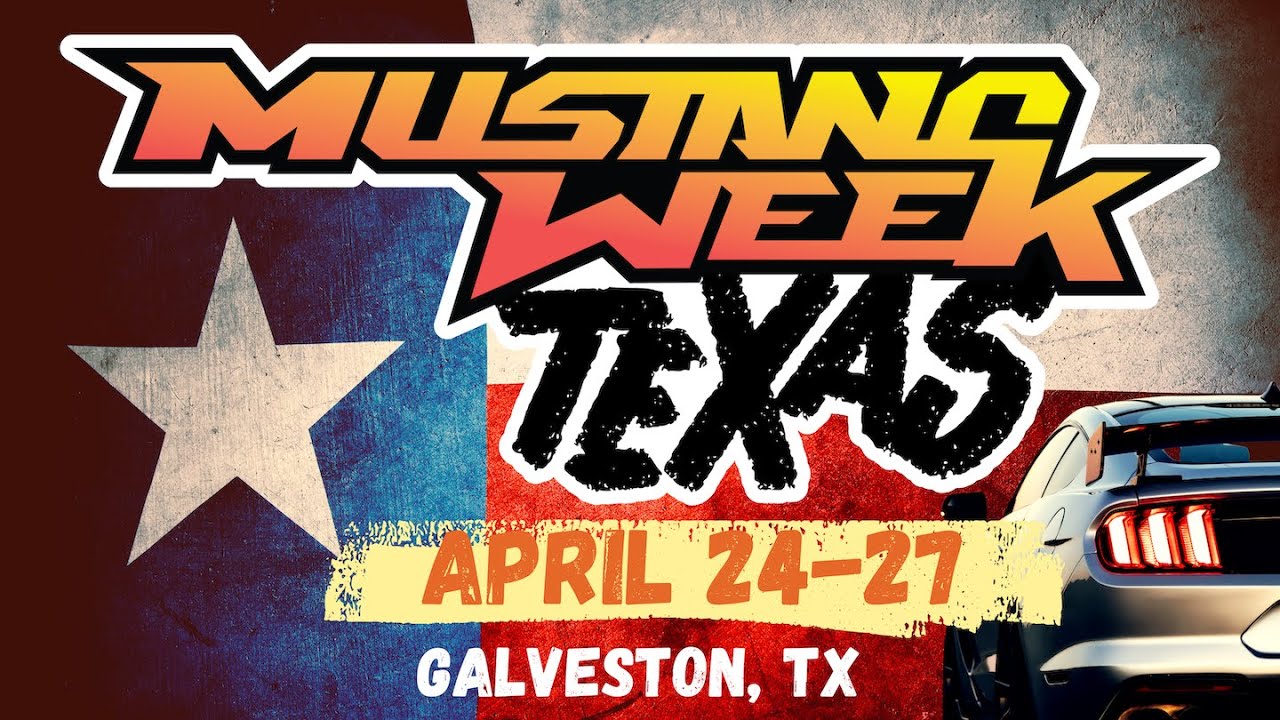For nearly two decades, the Brampton Assembly Plant in Ontario, Canada, has pulsated with the roar of V-8 engines and clanging dies shaping iconic American metal. But on December 22nd, 2023, that rhythmic cacophony from the factory comes to an end, marking the farewell to the Chrysler 300, Dodge Charger, and Challenger.
The Chrysler 300: A Boxy Beauty That Rekindled a Flame
Before this chapter closes, let’s rewind to the birth of the Chrysler 300 in 2004. Designer Ralph Gilles, then a champion of a boxy sedan with an audacious grille, faced skepticism about its retro, almost Bentley-like flair. Yet, research revealed something deeper: the 300 sparked memories, ignited conversations about old-school Mopars, and rekindled a connection with Chrysler’s heritage. With popular acclaim and nearly 500,000 cars sold in its first three years, the 300 proved naysayers wrong, paving the way for Mopar’s muscle car revival.
The 300 and its variants were the best of the Daimler-Chrysler shotgun marriage of 1998. Chrysler combined the mechanicals of the Mercedes 300 sedan, Gilles styling, and good old HEMI muscle in a package that could have only come from the German American marriage.
The Dodge Charger: A Four-Door Muscle Car That Found Its Footing
The Magnum wagon debuted alongside the 300 and gave Dodge dealers a version of the LX platform to sell, but the Fratzog division had more tricks up its sleeve. Bridging the gap between sedans and classic muscle cars, a four-door Charger wasn’t an obvious choice.
However, Gilles and his team’s intuition hit the mark. The Charger, underpinned by the same platform as the 300, became a hit, surpassing its sibling in production by 2007. With the arrival of the improved LD platform in 2011, the Charger solidified its standing as the go-to vehicle for the modern muscle car enthusiast.
The Dodge Challenger: A Retro Dream Brought to Life
From the get-go, the true believers at FCA longed for a two-door coupe to complement the 300 and Charger. The 2008 Challenger, boasting a 425-horsepower Hemi V-8, didn’t disappoint. While the Magnum wagon met its end to accommodate the Challenger’s assembly space, the two-door coupe became a canvas for endless variations, special editions, and even a monstrous 1,025-horsepower SRT Demon 170.
Evolving Through the Years: Technology and Refinement
The Charger, Challenger, and 300 lineups continuously evolved. The Charger was one of the first to integrate a touchscreen infotainment system, and interiors across the range received upgrades reflecting premium aspirations. Gilles aptly describes it as a “study in life-cycle management,” where constant updates kept these vehicles fresh and relevant in a changing market. We think Stellantis’ game plan to keep long-in-tooth designs fresh for fifteen years should be required reading to all brand managers.
The Future: Electrification Awaits
While Brampton bids farewell to these iconic muscle cars, their stories don’t end here. The next generations of Dodge muscle cars will be born in Windsor, Ontario, embracing the electric era. The Dodge Charger Daytona SRT concept hints at the thrilling direction these electrified muscle cars might take. Meanwhile, the Brampton plant will undergo a two-year retooling to become a production hub for the Jeep Compass in gasoline and electric variants. We’ve heard rumors that the Charger will have a version with a 500hp power Hurricane engine to augment the EV version, so keep your fingers crossed.
Memories Forged in Steel: One Last Look, Before We Say Goodbye
For the workers at Brampton, the past 20 years have been etched with historic memories. The camaraderie on the assembly line and the satisfaction of crafting vehicles that stirred hearts and ignited passions are experiences they’ll never forget. The final farewell to the 300, Charger, and Challenger is not just an ending, but a tribute to the passion, skill, and innovation that forged this unique chapter in Mopar history.
Author’s Note:
I was in the Sacramento area for Thanksgiving and stopped by a Stellantis dealer and was amazed by the number of Challengers and Chargers they had on the lot. They outnumbered almost every other model on the property. These weren’t the low credit score six-cylinder models either, the majority were 392 Challengers and Chargers in all the right colors. The bottom line? Stellantis turned up the output of the Brampton plant before they called it quits. If this is all too much to handle, especially the idea of our hallowed muscle car replaced with an EV, go down to your local dealer and get one now, or forever hold your peace.























